A Culture of Service: Background
by Jon Fukuda
Preface to upcoming blog posts on environmental public service to reinforce human-centered research and design practice values. in 2022, we served on two projects that helped us to go deep into our core values:
- Structural restoration work on Sleepy Lion Trail (Part 2)
- Riparian trees and shrub planting on Lake McIntosh (Part 3)
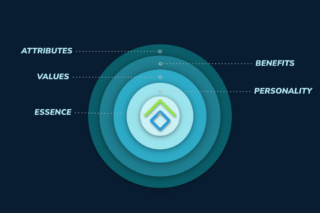
Back in November 2020, our team took a beat, deep in the heart of our collective Covid-19 moment, to recollect, revisit, and re-articulate our brand identity. From the outset of Limina’s founding, we always said our mission was “to expand and enhance human potential by simplifying complex technologies”. And for a decade and a half, we operated on that mission. What we had not formally or deeply addressed, was how and why we do it. What does our mission look or feel like to an employee, a client, or someone learning about Limina? So we took it back down to the essence, stripped it all the way to the bone, and built it all back up through the use of the brand wheel (illustrated on the left).
Planting our flag
Task one was to divine our purpose which we attacked by restating our core mission: “..to unleash human potential at the nexus of information, technology, and design.” Stated simply, our mission is to “Unleash human potential”.
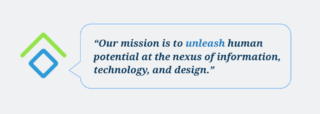
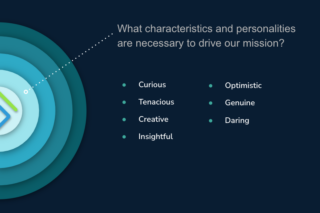
Finding our How
The second task was to how we do this. We asked ourselves (and looked introspectively at): “What characteristics and personalities are necessary to drive this mission?”
We learned that we’re curious, tenacious, creative, insightful, optimistic, genuine, and daring. We look for these qualities in each other, our clients, and in our current and future collaborators.
Finding our Why
Our values live at the heart of our business, how we operate internally as a team, and how we organize our actions and relationships with our customers. In our business, it’s critical to deliver products and services that exceed our customers’ expectations. Achieving this takes a strong sense of why we deliver them with care and excellence. To that end, we use the following core values to underpin our intention, communication, processes, and execution:
|
|
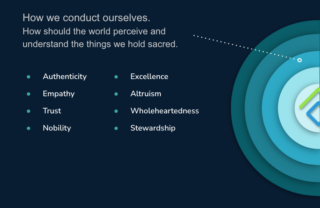
Living our brand promise
The power of these values doesn’t just lie in words but in the relationship each team member has with these values. We like to focus these values on how and why we do the things we do. In the upcoming posts, we’ll focus on “Stewardship.” In our work, we need to forge relationships with both our customers and key stakeholders predicated on trust. We care for their products and services as if they were our own, and when we think of their end users, whether internal employees or customers in any part of the service or product experience, we consider their value as important as if our own business depended on it. We have found that a strong sense of stewardship is fundamental to building trust, velocity, and quality in our relationships.
Sounds too easy.
I get it – as a business owner or a manager, you can espouse the importance of living values, but how do you instill a sense of commitment to a value in your team? One of the ways we do this at Limina is by providing opportunities to serve our community. In the past, we have participated in Habitat for Humanity initiatives like the Anchor House Project, a group home for young adults who have recently aged out of orphanages and foster family care and are getting out on their own. Other projects have included local stream and park land trash cleanup.
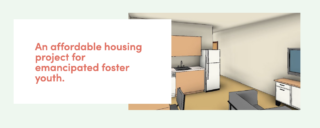
While these efforts are humbling and put us in direct service of a cause greater than ourselves, they lack a direct correlation to a sense of purpose we like to bring to the work we do.
This year, we chose two projects that covered the themes of maintenance, design, and implementation, which we bring to each of our client engagements.
The projects we selected to serve were discovered through the City of Longmont’s POST (Parks, Outdoors, Streams, and Trails) Volunteer department. The two projects we worked on were the Sleepy Lion Trail Restoration project at Button Rock and the McIntosh Lake Riparian Ecosystem Project. In both of these projects, we identified some key themes that we work with as human-centered technology consultants – balancing the needs of users in the context of larger ecosystems, and scalable sustainability. Both of these themes play out in our client engagements and the work we deliver day to day and they were overriding characteristics of these volunteer opportunities.
To be continued...
Read more about how we applied our values to our community service projects. Each project, along with lessons learned and key takeaways for living our values: